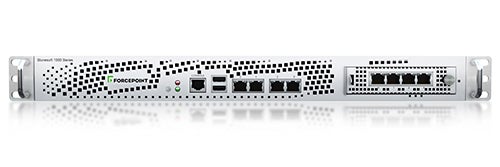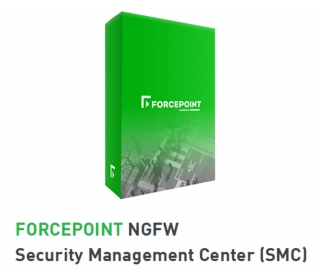
This guide provides step by step instructions to set up an integration between Azure AD Secure Hybrid and Forcepoint Next Generation Firewall (NGFW) ALL CONDITIONS, REPRESENTATIONS AND WARRANTIES WITH RESPECT TO THE SITE OR ITS CONTENT, WHETHER EXPRESS, IMPLIED, STATUTORY OR OTHERWISE, INCLUDING ANY IMPLIED WARRANTY OF MERCHANTABILITY, FITNESS FOR A PARTICULAR PURPOSE, OR NON-INFRINGEMENT OF THIRD PARTY RIGHTS, ARE HEREBY DISCLAIMED Document Revision TO THE MAXIMUM EXTENT PERMITTED BY APPLICABLE LAW, THE SITE AND ITS CONTENT IS PROVIDED TO YOU ON AN “AS IS,” “AS AVAILABLE” AND “WHERE-IS” BASIS.

These contents are licensed under Apache License, Version 2.0. Check all components are configured and running properly.Step 13: Access on-promise Forcepoint SMC via Azure application.Step 12: Apply SMC Roles to Azure Users.Step 8: Modify /var/Azure_smc/connector.yml file.Step 12: Access on-promise Forcepoint SMC via Azure application.Step 11: Apply SMC roles to Azure users.Step 7: Create an external Active Directory authentication server and external user domain in SMC.

Step 6: Enable Azure AD Domain Services password hash synchronization.Lockdown secure LDAP access over the internet.

Step 5: Enable LDAPs On Existing Azure AD DS.Step 3: Create PFX certificate Base64 for secure LDAP.Forcepoint Next-Gen Firewall and Azure Active Directory - Secure Hybrid Access.Forcepoint Next-Gen Firewall and Azure Active Directory - Secure Hybrid Access Table of contents


 0 kommentar(er)
0 kommentar(er)
